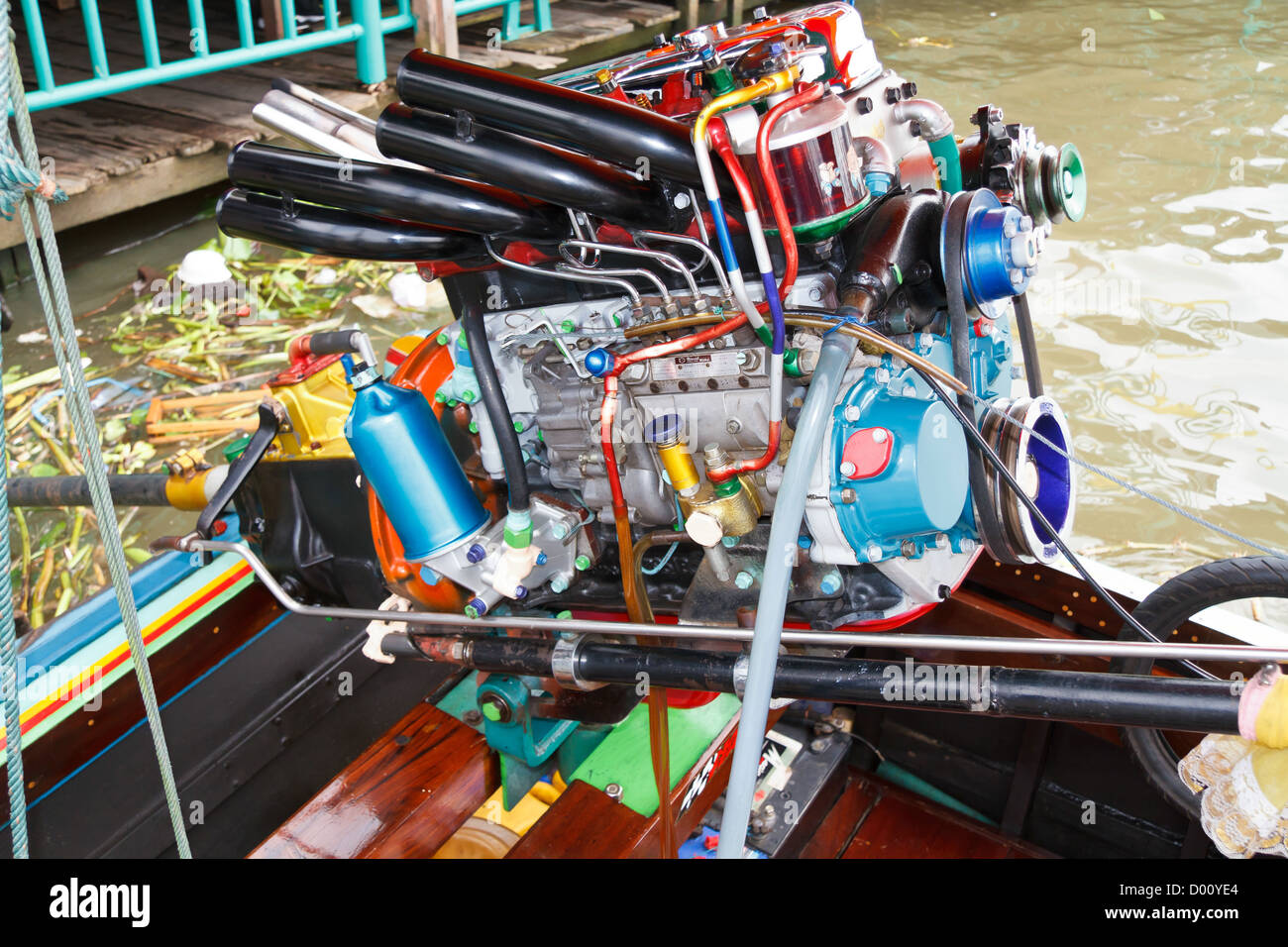Admittedly usually midships, but combined weight of 500 gallons diesel, 250 gallons water, and 25 gallons of blackwater is approx. 5,700 lbs. that could be positioned more forward to offset stern weight. Also, figure the weight of prop(s), drive shaft(s) that are no longer at the stern, and heavy batteries that can be relocated from engine room. While I agree that refitting an existing boat would be a challenge and not worth the effort, I can easily see the advantages of new designs with outboard(s) vs inboards. Just think, engine replacement - disconnect a few cables and fuel lines and get a crane, not to mention easier access for dockside repairs!! For practical purposes access for all routine maintenance would need to be accessible from the vessel - can't see standing in the dinghy trying to change a part while underway!!


